Harvesting Cannabis Plants: A Comprehensive Guide to Timing and Visual Cues
Harvesting cannabis is a critical step in the cultivation process, influencing the potency, flavor, and overall quality of the final product. Determining the optimal moment for harvest is crucial for maximizing cannabinoid and terpene content while avoiding the degradation of valuable compounds. In this comprehensive guide, we will explore the factors influencing the timing of cannabis harvest, as well as the visual cues and techniques that growers can use to identify the ideal moment for harvesting their plants.
Understanding the Cannabis Life Cycle:
Before delving into the specifics of harvesting, it’s essential to understand the basic life cycle of a cannabis plant. Cannabis plants undergo distinct phases, including germination, seedling, vegetative growth, flowering, and finally, the harvest. The flowering phase, during which the plant produces buds, is the most critical for determining the timing of harvest.
Flowering Phase:
The flowering phase is triggered by changes in light cycles, specifically the transition from longer days to equal or longer nights. In an indoor setting, growers often manipulate the light cycle to induce flowering. Outdoor plants naturally enter the flowering phase as daylight hours decrease with the changing seasons.
Pistils and Trichome Development:
As cannabis plants enter the flowering phase, they develop reproductive structures known as pistils. Initially, pistils are white and appear in clusters. Over time, they change color, eventually turning amber or reddish-brown. Simultaneously, trichomes, the resinous glands that contain cannabinoids and terpenes, develop on the buds. Monitoring the development of pistils and trichomes is crucial for determining the optimal harvest time.
Factors Influencing Harvest Timing:
Genetics:
The genetics of a cannabis strain play a significant role in determining the length of the flowering phase and the overall maturation of the plant. Different strains have varying growth patterns, cannabinoid profiles, and flowering durations. Understanding the genetics of the specific strain being cultivated is essential for accurate harvest timing.
Strain Indica vs. Sativa:
Indica and sativa strains may exhibit different flowering characteristics. Indica-dominant strains often have a shorter flowering period, typically around 7-9 weeks, while sativa-dominant strains may take longer, ranging from 9-14 weeks or more. Hybrid strains combine characteristics of both indica and sativa.
Environmental Factors:
The environment in which cannabis plants are cultivated significantly influences their growth and maturation. Factors such as temperature, humidity, and light intensity can impact the development of buds and trichomes. Outdoor growers may need to consider seasonal changes and climate conditions when determining harvest timing.
Visual Cues for Harvesting Cannabis Plants:
Pistil Color:
Monitoring the color of pistils is one of the primary visual cues for determining harvest readiness. During the early stages of flowering, pistils are white and stand upright. As the plant matures, pistils change color. The ideal time to harvest is often when the majority of pistils have turned from white to a darker color, such as amber or reddish-brown. However, this varies by strain, and some cultivators prefer to harvest earlier for a more uplifting effect or later for a more sedative one.
Trichome Development:
Trichomes are the resin glands that house cannabinoids and terpenes. Examining trichome development is a more precise method for determining harvest readiness. Trichomes transition through three stages:
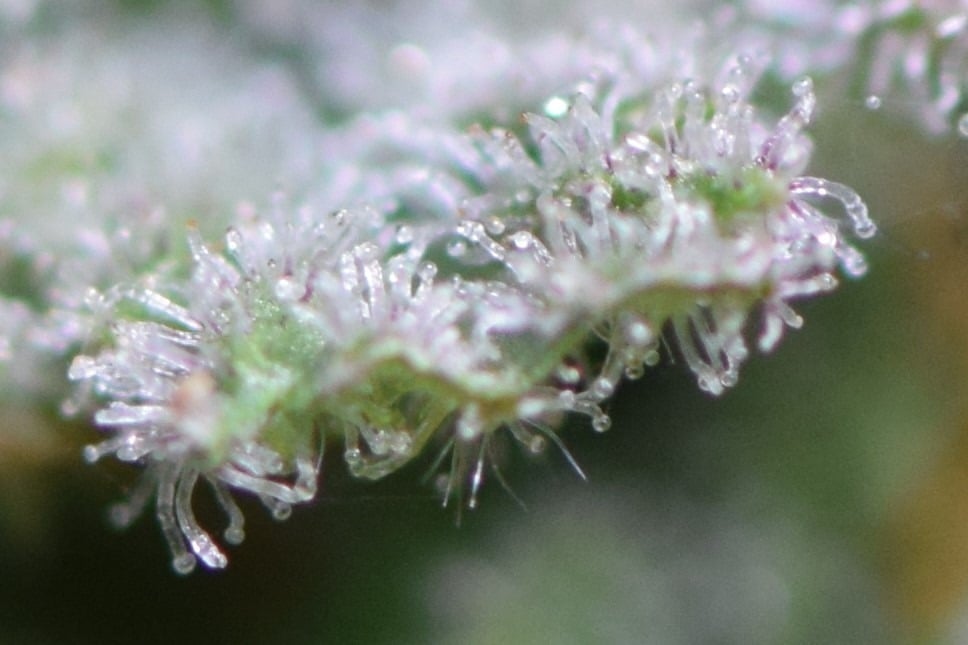
Clear Trichomes: During the early stages of flowering, trichomes are often clear. Harvesting at this stage may result in a more energetic and uplifting effect, but the overall potency may be lower.
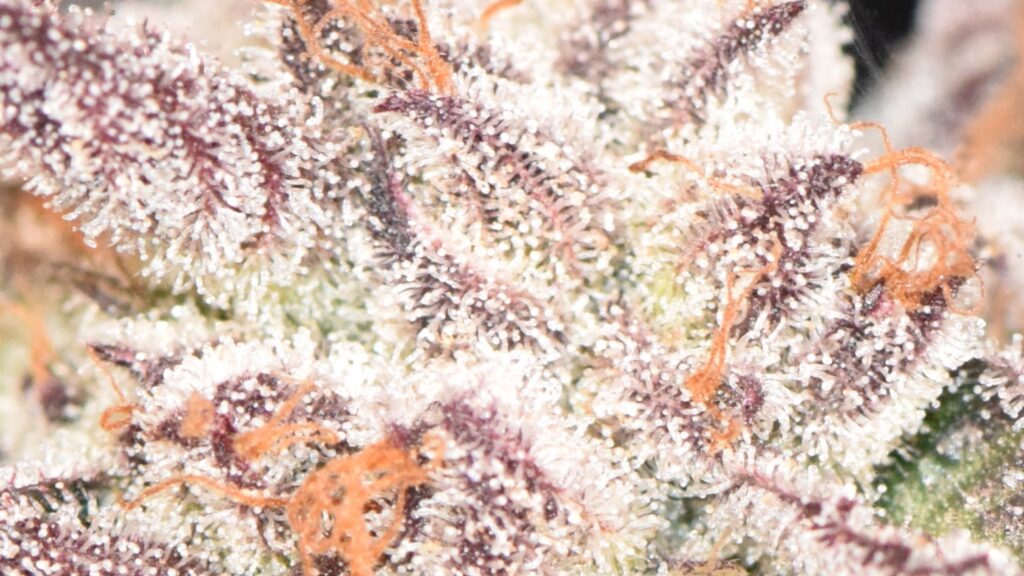
Cloudy Trichomes: As the plant matures, trichomes become cloudy or milky in appearance. This stage is often considered the peak time for harvesting, providing a balance of cannabinoids and terpenes for a well-rounded effect.
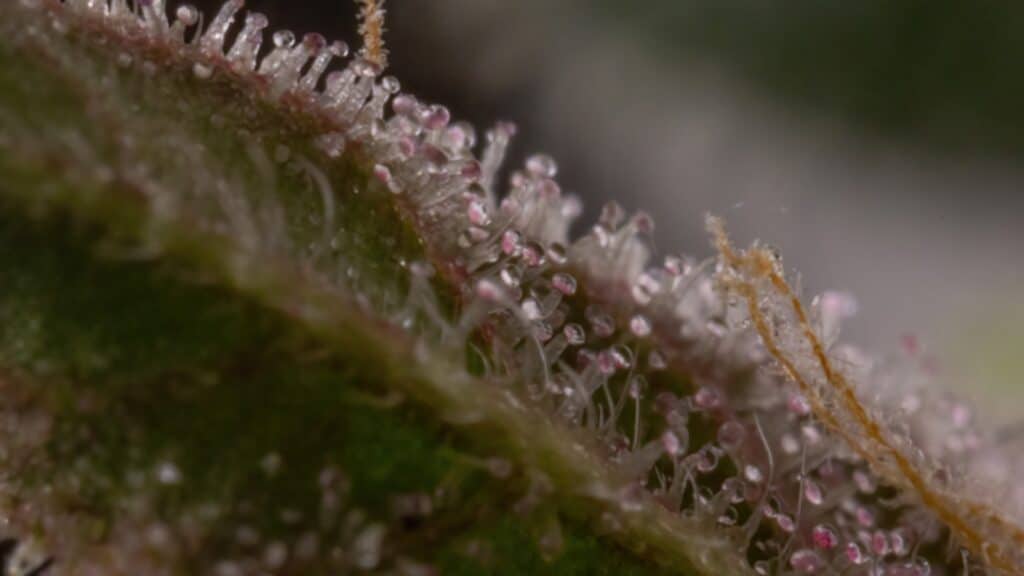
Amber Trichomes: Over time, trichomes may turn amber or reddish-brown. Harvesting at this stage is associated with a more relaxing and sedative effect. Some growers prefer a mix of cloudy and amber trichomes for a nuanced effect.
To assess trichome development, growers often use a jeweler’s loupe or a microscope with at least 30x magnification to get a close look at the trichomes on the buds.
Bud Density and Size:
The overall appearance of the buds is another indicator of harvest readiness. Fully mature buds are typically dense, and the calyxes (the structures that house the pistils and trichomes) have swollen and expanded. The size and density of buds can vary among strains, but a well-developed, compact bud structure is generally a positive sign.
Leaf Yellowing and Senescence:
As cannabis plants approach harvest, it’s common for the leaves to start yellowing and showing signs of senescence. This natural aging process indicates that the plant is directing energy toward bud development. While some yellowing is normal, excessive yellowing or nutrient deficiencies should be addressed to ensure a healthy harvest.
Odor Intensity:
The aroma of cannabis buds becomes more pronounced as they mature. The development of terpenes, which contribute to the distinct scent of each strain, peaks during the later stages of flowering. Harvesting when the buds emit a strong, pungent aroma is often associated with higher terpene content and overall better flavor.
Harvesting Techniques:
Whole Plant Harvest:
Harvesting the entire plant at once is a common method, especially for smaller-scale cultivators. This approach is simpler and allows for a straightforward drying and curing process. However, it may not be the most efficient method for maximizing cannabinoid and terpene profiles.
Selective Harvest:
Selective harvesting involves harvesting the buds selectively as they reach maturity. This technique allows growers to harvest the top colas first while giving lower branches more time to mature. It’s particularly useful for large plants with varying maturity levels.
Flush Before Harvest:
To enhance the final quality of the buds, many growers choose to “flush” their plants before harvest. Flushing involves irrigating the plants with plain water for a period before harvest to remove any residual nutrients from the growing medium. This process can improve the overall taste and smoothness of the smoke.
Harvesting in Stages:
Harvesting cannabis plants in stages involves harvesting the plant in multiple sessions. This method is suitable for plants with varying maturation levels or for growers who prefer different effects from their cannabis. For example, one might harvest the top colas early for a more energetic high and allow the lower buds to mature for a more relaxing effect.
Harvesting cannabis is a culmination of the careful cultivation efforts invested in the plant. Timing is critical, and growers must pay close attention to visual cues, strain characteristics, and environmental factors to determine the optimal moment for harvest. The balance between clear, cloudy, and amber trichomes, the color of pistils, the density of buds, and the overall health of the plant are key indicators that guide growers in making the right decision.
Every cultivator’s preference and goals may vary, leading to a range of harvest times based on desired effects and personal taste. Whether opting for a more energetic high by harvesting earlier or a more sedative effect by waiting until trichomes turn amber, growers can tailor the harvest to meet their specific needs.
As cannabis cultivation continues to evolve, growers may experiment with different techniques and methods to fine-tune their harvesting process. Ultimately, the art of harvesting cannabis lies in the ability to read the plant’s signals, make informed decisions based on visual cues, and adapt to the unique characteristics of each strain being cultivated.

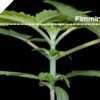

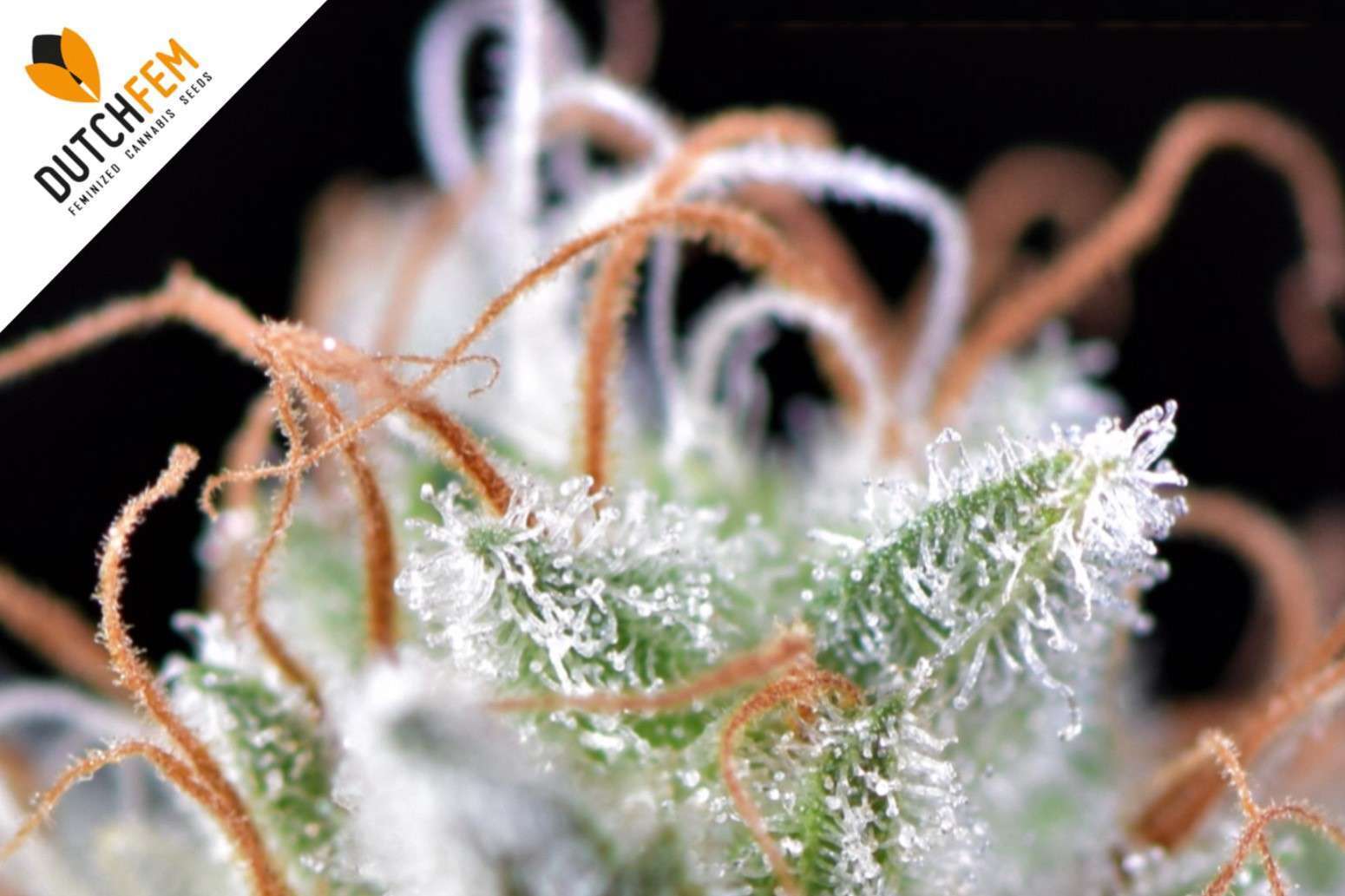
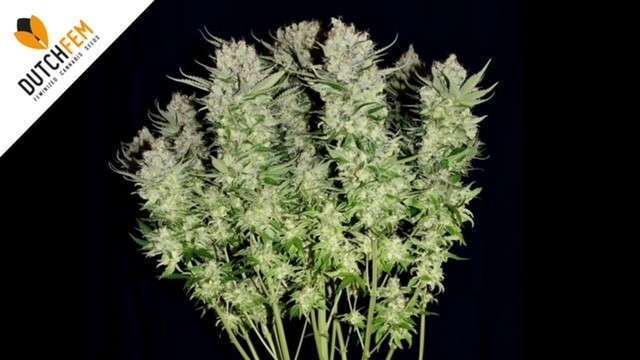
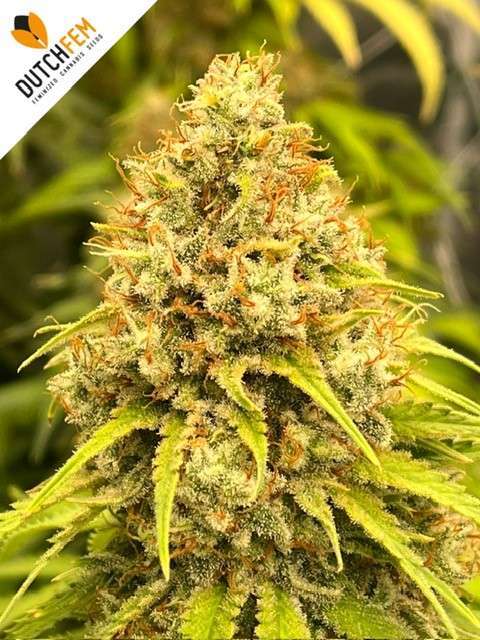


You must be logged in to post a comment.